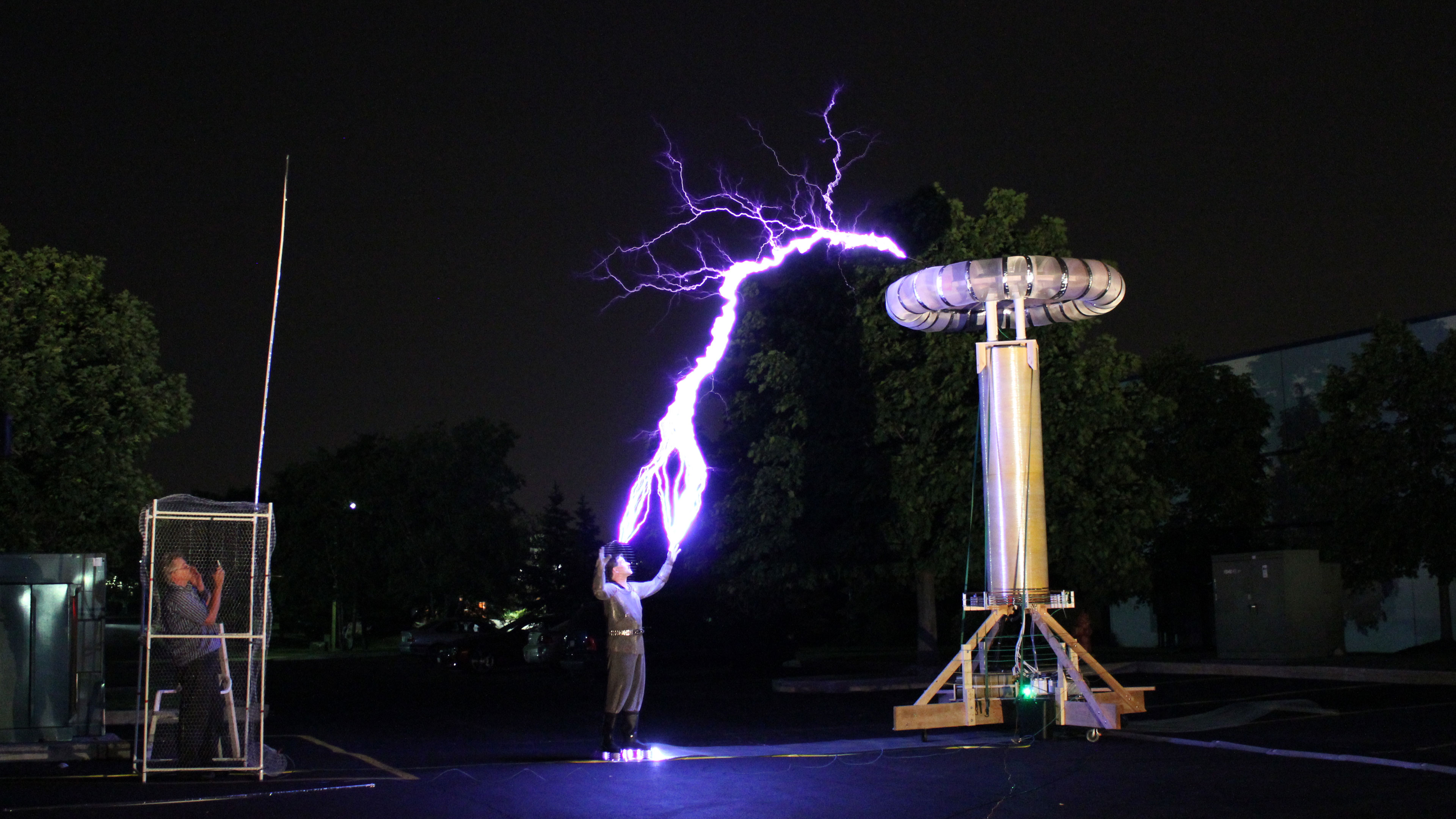Other ting that always queried my mind is the speed of the electron.
Rumor is "Speed of Light" The light photons from the sun move slow from the internal to the surface where they transition to the speed of light. HUH?
How? What changes to change its speed, as its speed increases something must diminish to keep equality. Time itself as the variable?
Same with the electron, (conductor) its sitting doing its attraction repulsion dance on the nucleus and soon as a mag field is walked by the electron does the SOL fly to the next atom in line. Its not dancing at the SOL, Perhaps I just better stick to shinny things and be happy.
Robert





